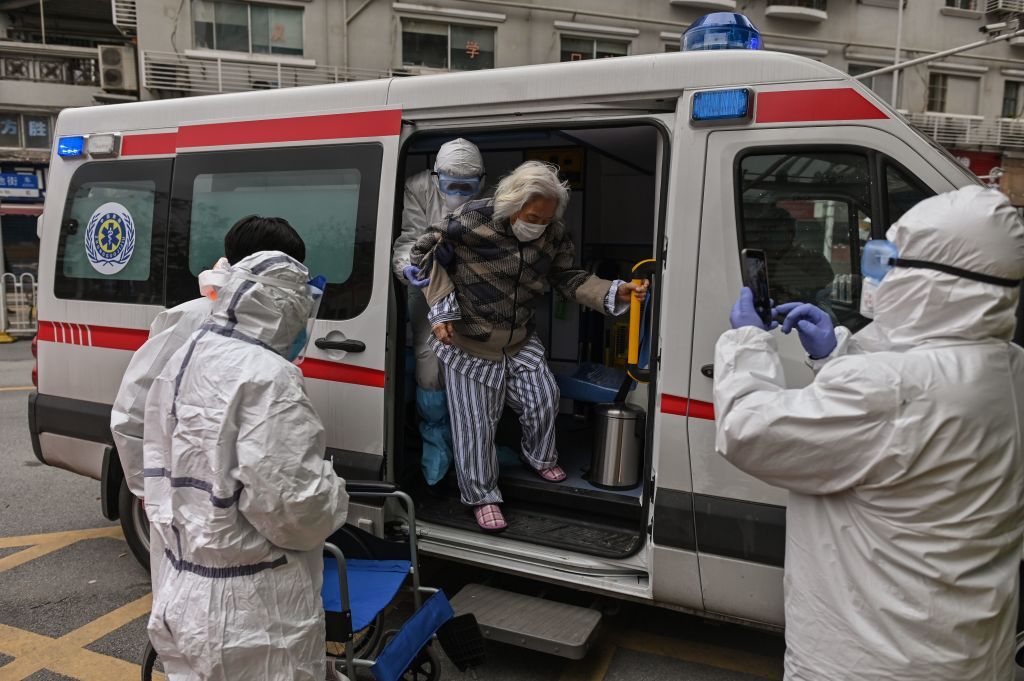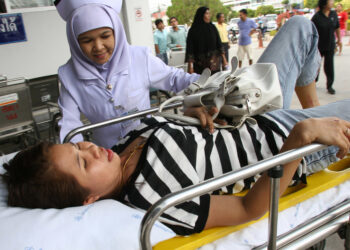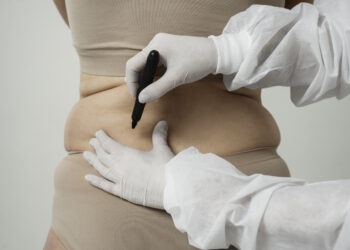In the spotlight once again, the origins of COVID-19 have reemerged as a topic of discussion after three and a half years since the pandemic began. As the search for answers continues, recent developments shed light on the laboratory leak theory and the possibility of a wet market spillover. Science writer Mun-Keat Looi explored the latest evidence and its implications.
In an article published Monday in the peer-reviewed journal The BMJ, Looi discussed how recent declassified documents by the U.S. government, along with reports and interviews from various sources, reignited the debate surrounding COVID-19’s origin.
The Wall Street Journal previously highlighted the alleged illness of three researchers conducting coronavirus research at a controversial Wuhan laboratory in late 2019, while a BBC podcast featured rare public comments from the former head of China’s infectious disease agency. These developments added fuel to the lab leak theory, which suggests that COVID-19 may have resulted from a leak during laboratory experiments.
The Wuhan Institute of Virology (WIV), located in the city where the first SARS-CoV-2 cases were detected, played a pivotal role in assessing the credibility of the lab leak theory. Researchers at WIV had received funding for “gain of function” experiments, which involve manipulating viruses to understand potential mutations that could make them more dangerous.
While such associations raised eyebrows, it’s important to note that laboratory leaks, although rare, do occur. However, no conclusive evidence has yet linked the origin of COVID-19 to the Wuhan laboratory.
The release of findings by the U.S. director of national intelligence left the door open to both the lab leak theory and the possibility of a natural spillover from an animal host. The report stated that “both a natural and laboratory associated origin remain plausible,” offering no definitive answer.
It also dismissed the Wall Street Journal’s claims about researchers falling ill…
Read the full article here








